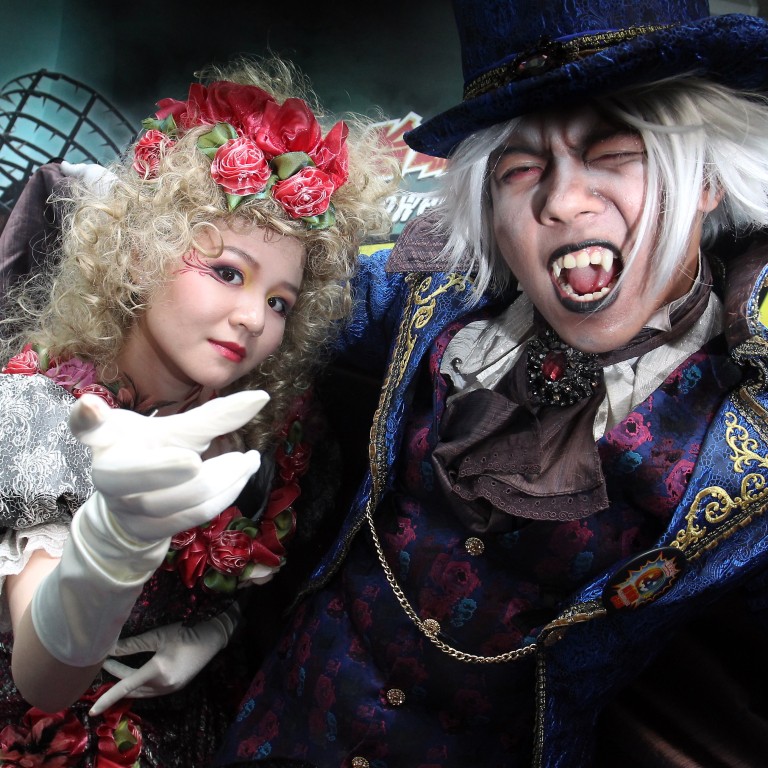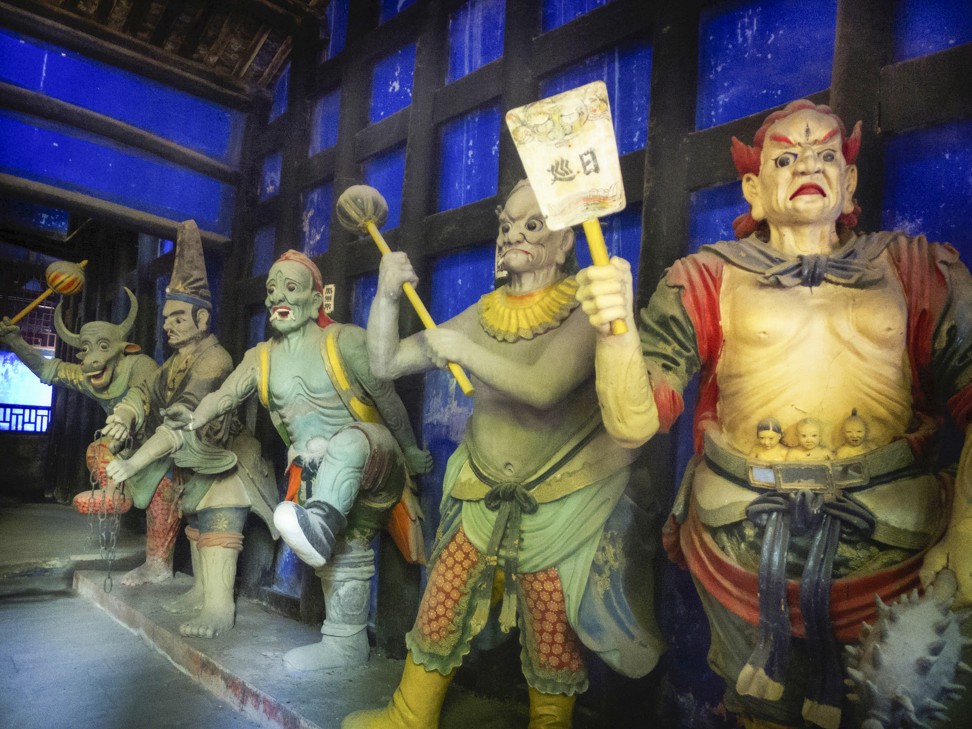
Why has Hong Kong adopted Halloween when it already has the Hungry Ghost Festival?
- All Hallows’ Eve is an ‘imported holiday’, celebrated by the city but with little cultural relevance for most residents
- Folk traditions and Buddhism have already given Chinese culture its own day, or days, of the dead
For most, it is simply an excuse to have a good time, and there is nothing wrong with that. If there is any place that needs a good time right now, it is Hong Kong.
People past and present have adopted foreign practices that fall into the category of “culture”, such as belief systems, festivals, languages, foods, forms of entertainment and so on, and adapted these until they become part of their own culture. Hong Kong’s adoption of Halloween is just one example of this ongoing human endeavour.
Having said that, I haven’t seen much localisation of Halloween in Hong Kong; it has remained a foreign import. Over the years, the costumes that the local children in my neighbourhood have donned to go trick-or-treating have been consistent and predictable. If they are not dressed up as the most popular cartoon character or princess of the moment, they are stock characters of maleficence in the Western tradition, such as witches wearing pointy hats or aristocratic vampires in capes.
Where are the local children who are dressed as heroes, heroines or supernatural beings of Chinese folk traditions? Why aren’t they in ghoulish make-up, with protruding fangs and tongues, wearing the long robes of the White and Black Wuchang, the henchmen of the King of Hell who apprehend the souls of the dead with their chains and hooks and lead them to the afterlife? Where, indeed, is the King of Hell, Yanluo Wang, on Halloween?

Speaking of souls of the dead roaming the earth, they did just that two months ago, during the seventh month of the lunar calendar, when the Chinese remember the dead. The Hungry Ghost Festival is a syncretism of indigenous folk traditions and Buddhism.
Some Chinese groups, such as the Minnan people who originate in southern Fujian, observe a full month of festivities, but most focus on the 15th day, when offerings are made to one’s dead ancestors. Less elaborate offerings are also placed on the sides of roads to appease wandering spirits released from the underworld that may otherwise cause mischief or worse.
Halloween, if we strip it of its fun and games, is not unlike the Hungry Ghost Festival. In both, the dead are remembered and some form of appeasement is made in exchange for a trouble-free existence. In the case of the Hungry Ghost Festival, offerings of victuals, incense and joss paper money are made to placate wandering spirits that might turn malicious. On the night of Halloween, children in costume are treated with sweets so that they will not play a trick on the houses they visit.
It is perhaps a good thing the observances do not overlap. Imagine a Chinese child in Hong Kong receiving a stack of underworld banknotes in his or her trick-or-treat bag on Halloween. All hell would break loose!

